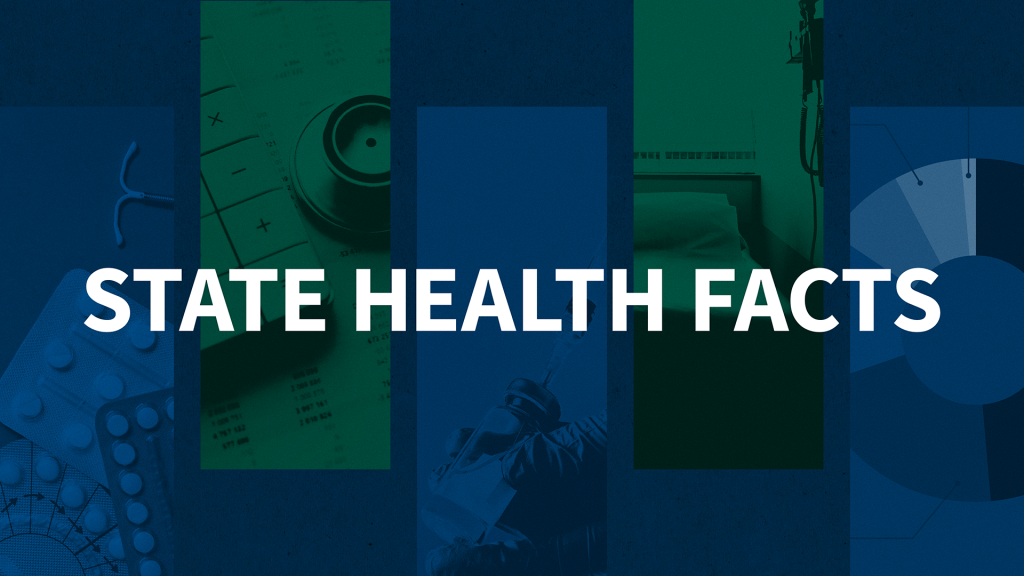Health Coverage Among American Indian and Alaska Native and Native Hawaiian and Other Pacific Islander People
This analysis provides an overview of American Indian and Alaska Native and Native Hawaiian and Other Pacific Islander people and their health coverage as well as the implications for their access to health care.
